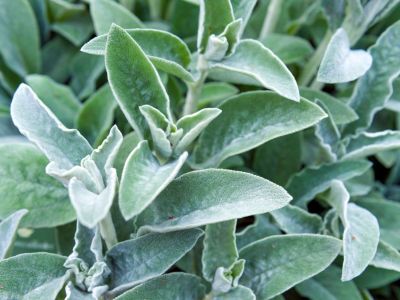That’s right! Many plants are useful as a substitute for this hygiene product. Leaves for toilet paper are often more soothing, softer, and as an added bonus, compostable and sustainable.
Can You Grow Your Own Toilet Paper?
Certain situations can cause toilet paper woes, so it’s best to be prepared. Few things are worse than being shy on some comforting tissue after you do your duty. Good news! You can use plants as toilet paper should the situation call for it. Learn which plants you can use as toilet paper and get growing so you’re never caught short. Toilet paper has only been standard for about a century, but humans always have had to use something to wipe up. The wealthy used fabric and washed themselves but everyone else used what was at hand, which in most cases turned out to be plants. Toilet paper substitutes are something you should think about. Why? Imagine a world without toilet paper. It’s not a pretty thought but you can be prepared by growing your own. These plants aren’t flushable but can be buried to compost naturally. In some cases, using leaves for toilet paper is better for the environment and your bum.
What Plants Can You Use as Toilet Paper?
Following in our ancestor’s footsteps, plant leaves are useful, easy to grow, readily available, and practically free. Plant leaves with a fuzzy texture are particularly delightful. The towering mullein plant (Verbascum thapsis) is a biennial that produces popcorn-like, yellow flowers in its second year, but has furry leaves in spring through fall. Similarly, lamb’s ear (Stachys byzantina) has large leaves that are as soft as a rabbit (or lamb’s ear), and the plant comes back every year. Thimbleberry isn’t quite as fuzzy, but the overall texture is soft and the leaves are as large as an adult’s hand, so you only need one or two to get the job done. Some other options for toilet paper from the garden are:
Common Mallow
Indian Coleus
Pink Wild Pear (tropical hydrangea)
Large Leaf Aster
Blue Spur Flower
Tips on Using Plants as Toilet Paper
While the listed plants are generally non-toxic, some people may be sensitive. Before you try the leaves on your bottom, swipe the leaf across your hand or wrist and wait 24 hours. If no reaction occurs, the leaf will be safe to use on more sensitive areas. Because many of these plants lose their leaves in winter, you will have to harvest and stockpile for the cold season. The leaves can be dried flat and stored for future use. The amount of absorbency may be affected a bit, but once the leaf touches its target, the moisture there will reconstitute the foliage.
